DIY: Eco-Friendly Laundry Detergents
Facts
A family of four consumes an average of 26 litres of liquid laundry detergent per year (or 40 kilograms of powdered detergent), doing about 220 loads.
The laundry budget adds up to over £100 (or €120) annually!
Most ingredients in conventional detergents are toxic and harmful to the body and yet, the public is not made aware of it. You can, therefore, expose your skin to extremely toxic products and also breathe in the off-gassing of those products as you wear them.
You can drastically reduce your budget by making your own homemade detergent and protect your health, and your loved ones, at the same time.
There are several recipes for DIY laundry detergents. Here are the recipes:
Ivy Laundry:
Ivy, which proliferates in gardens and forests, contains 5-8% saponins, natural surfactants with detergent and foaming properties. You can use ivy to make a 100% natural and free homemade detergent.
Ingredients:
100g of clean and dry ivy leaves
Recipe:
Crush or roughly chop the ivy leaves
Cover the leaves with a litre of filtered water (ideally, distilled water, without calcium).
Bring to a boil and simmer for 25 minutes.
Remove from heat and let the leaves steep for 24 hours, covered.
Strain and store in a glass bottle (you can also use recycled empty and sterilised glass bottles).
Usage:
Pour 100ml of ivy laundry detergent into the washing compartment of your washing machine or directly inside the drum.
Add half a glass of white vinegar into the fabric softener compartment (see recipe).
Caution: Ivy berries are toxic, so avoid touching them when collecting the leaves, and keep them out of reach of pets or children. For this reason, we also recommend using a dedicated pot and wooden spoon. I use the same to make my own soap and candles.
This detergent is suitable for coloured, lightly soiled clothing. It is not recommended with white or light-coloured clothes unless you mix it with two tablespoons of sodium bicarbonate before running your machine at 40°C.
Because this recipe is natural, we recommend keeping the detergent for only about one month.
*Bonus: Ivy decoction is not only effective for laundry but can also be used as dish soap and a backup shampoo.
REMINDER: it's essential to exercise caution because ivy berries and leaves are toxic. When using ivy for laundry detergent, you should not ingest it, and you should avoid contact with your skin or eyes. Keep it out of reach of children and pets. Once, the washing cycle is finished and the load is rinsed properly, there should be no remains of the ivy detergent left on the fabric.
Ash Laundry
Ingredients:
500 g white wood ash*
1.5 litres of filtered water (or even better, rainwater).
Recipe:
In a large plastic basin, pour the water and then add the unfiltered wood ash (do not sift). Skim or sift out the floating charcoal pieces on the surface.
Mix a little with a plastic spoon. Let it settle for 24 to 48 hours, the time needed for the extraction of potash, the natural surfactant responsible for its cleaning properties. Stir occasionally.
The resulting liquid should be slightly golden and soapy to the touch. Collect it, trying not to touch the greyish mud lining the bottom of your basin (do not throw away this remaining mud; see what you can do with it here).
Shake to mix, and your detergent is ready!
Usage:
Pour 100 millilitres of the ash detergent into the washing compartment of your washing machine or use a detergent ball in the drum. Add half a glass of white vinegar as fabric softener.
The same principle applies: to prevent your laundry from turning grey, add a tablespoon of sodium percarbonate directly into the drum.
*If you don't have a fireplace or wood stove, simply ask friends or acquaintances who do, to save ash for you.
Marseille Soap Laundry Liquid
Ingredients for the liquid version:
• 100g of Marseille soap flakes (unscented and without additives)
• 5 tablespoons of baking soda
• 2 tablespoons of sodium bicarbonate
• 5 tablespoons of washing soda
• 3 litres of filtered or rainwater
Recipe:
Grate a block of 72% olive oil Marseille soap (green) and put the shavings in a large pot.
Add baking soda, washing soda, sodium bicarbonate, and filtered or rainwater into a large DIY pot.
Heat until the flakes are completely dissolved.
Let it cool before bottling.
Shake well before each use.
For dosing, 50ml or half a small glass is sufficient. Don't forget the glass of white vinegar to replace your fabric softener.
CAUTION: When handling the ingredients, it is recommended to protect your face and eyes and thoroughly wash your hands afterwards.
Ingredients for the powdered version:
• 100g of 72% olive oil Marseille soap flakes
• 50g of washing soda
• 75g of baking soda
• 25g of sodium bicarbonate
Recipe:
Weigh each ingredient and pour them into an airtight glass jar. Shake the jar well to mix everything.
Use 4 tablespoons for each laundry load with a temperature above 60°C. Dissolve a tablespoon of powdered detergent in a basin of hot water to wash by hand.
I recommend using this detergent for hand washing rather than machine washing, as it can clog your pipes over time (although adding vinegar as a fabric softener can help dissolve the residues).
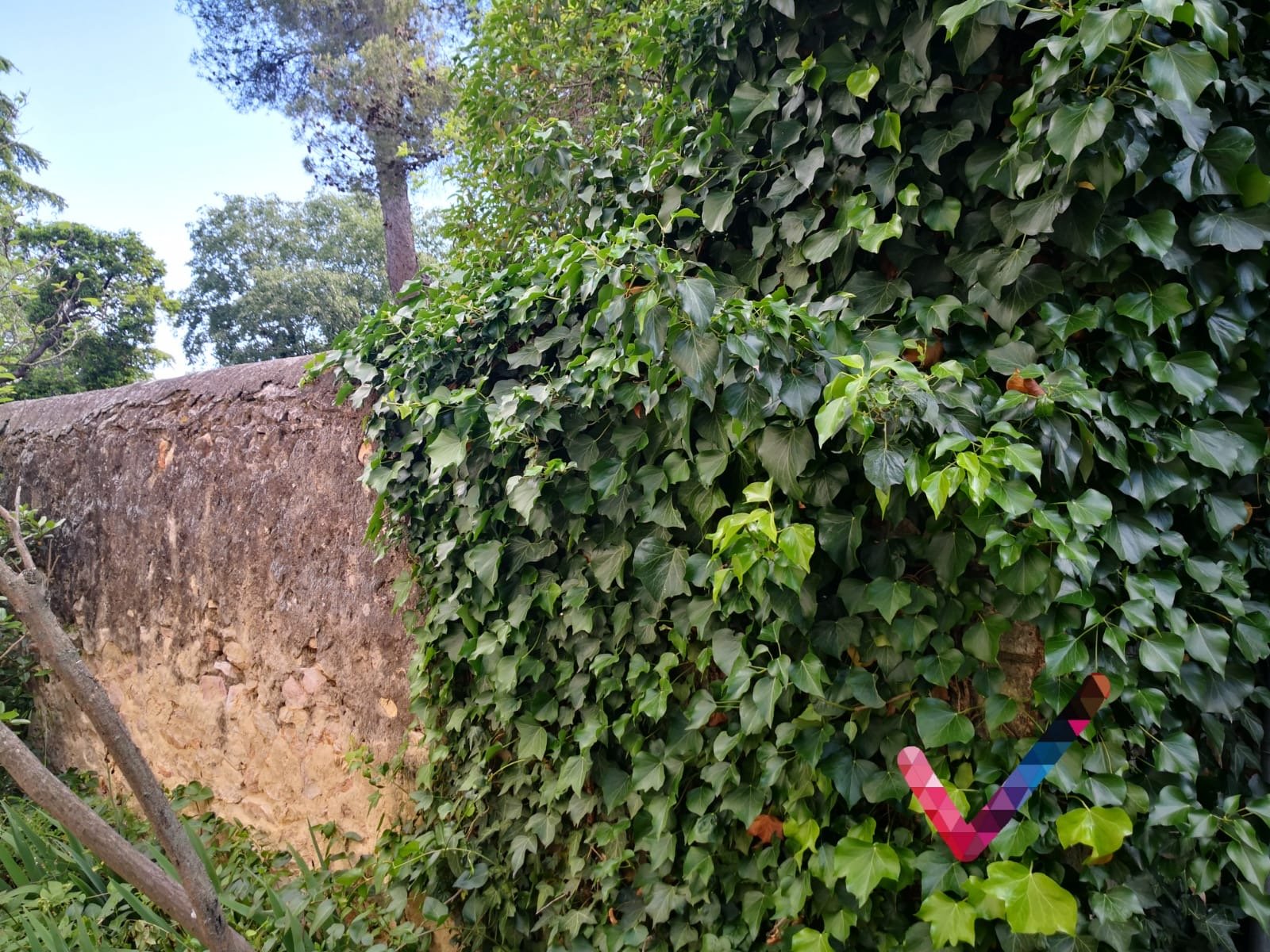
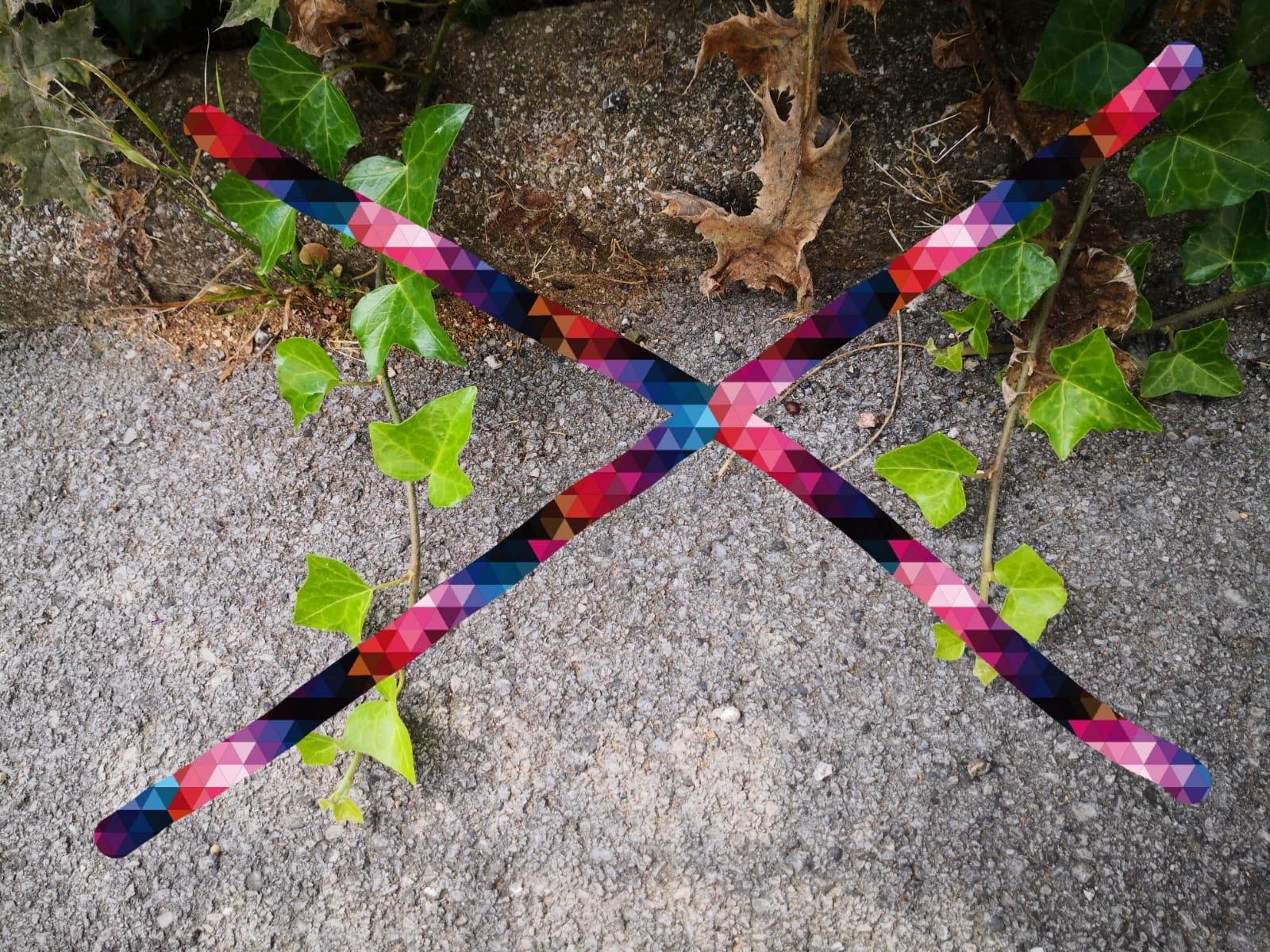
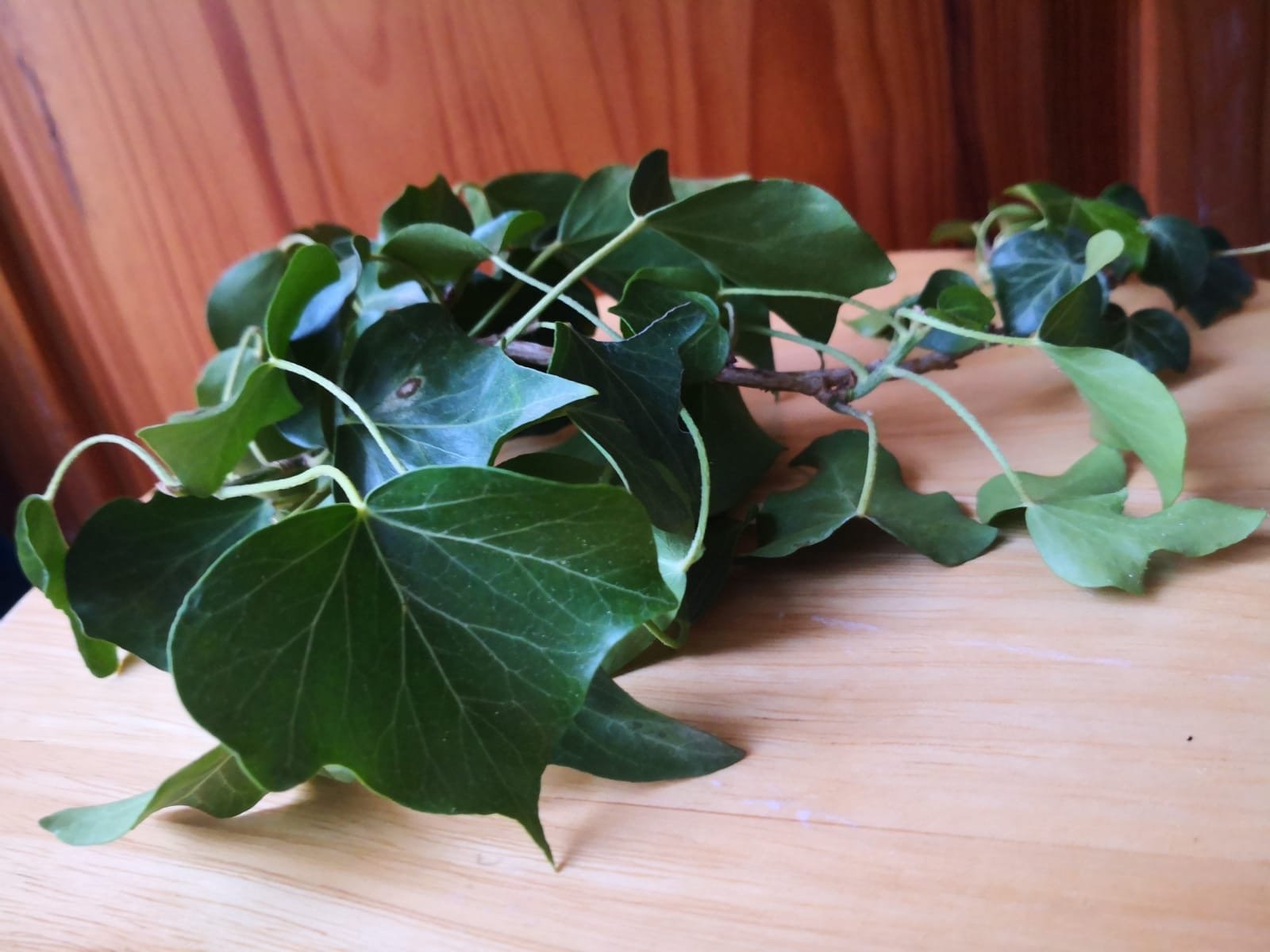
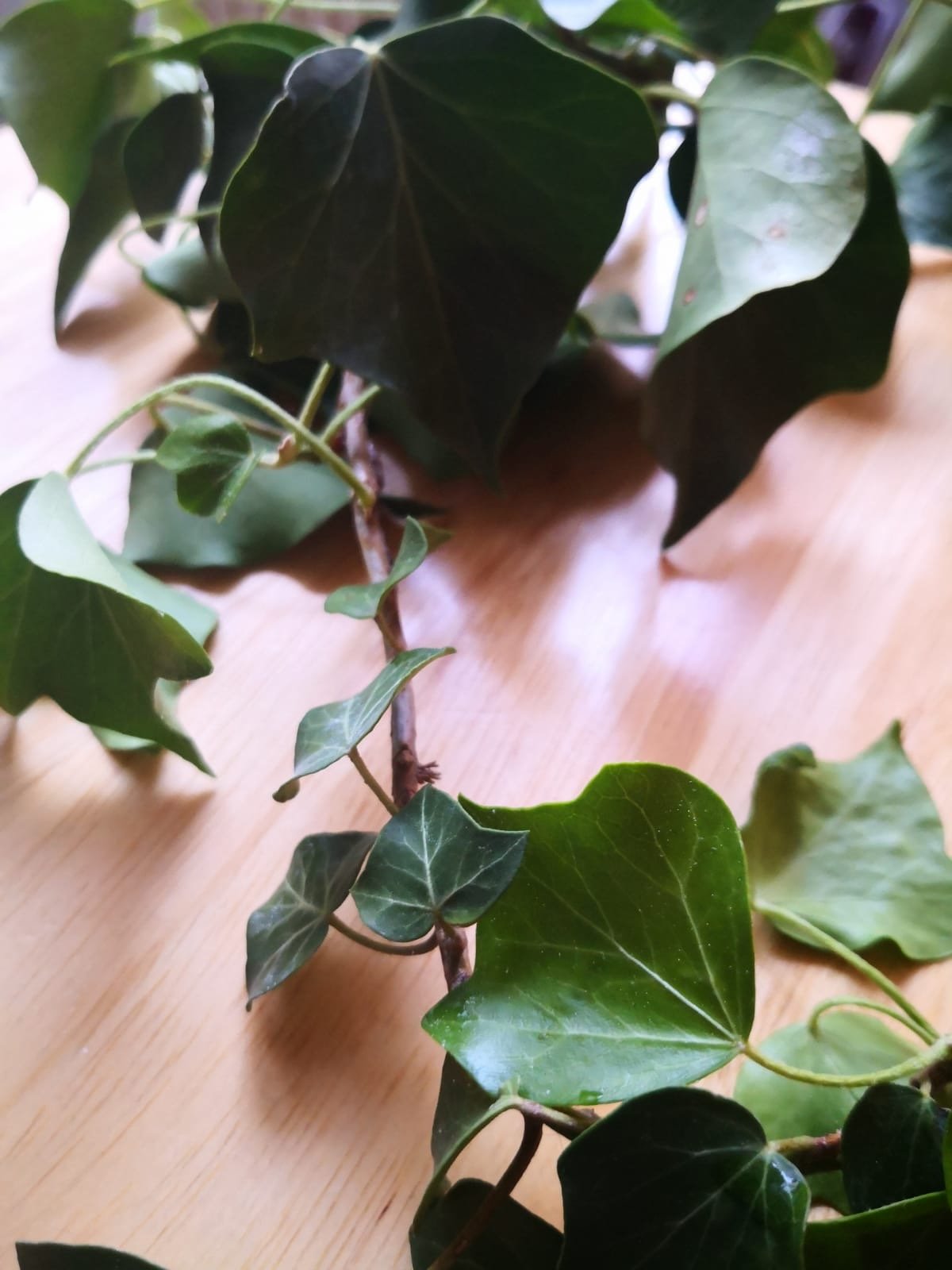
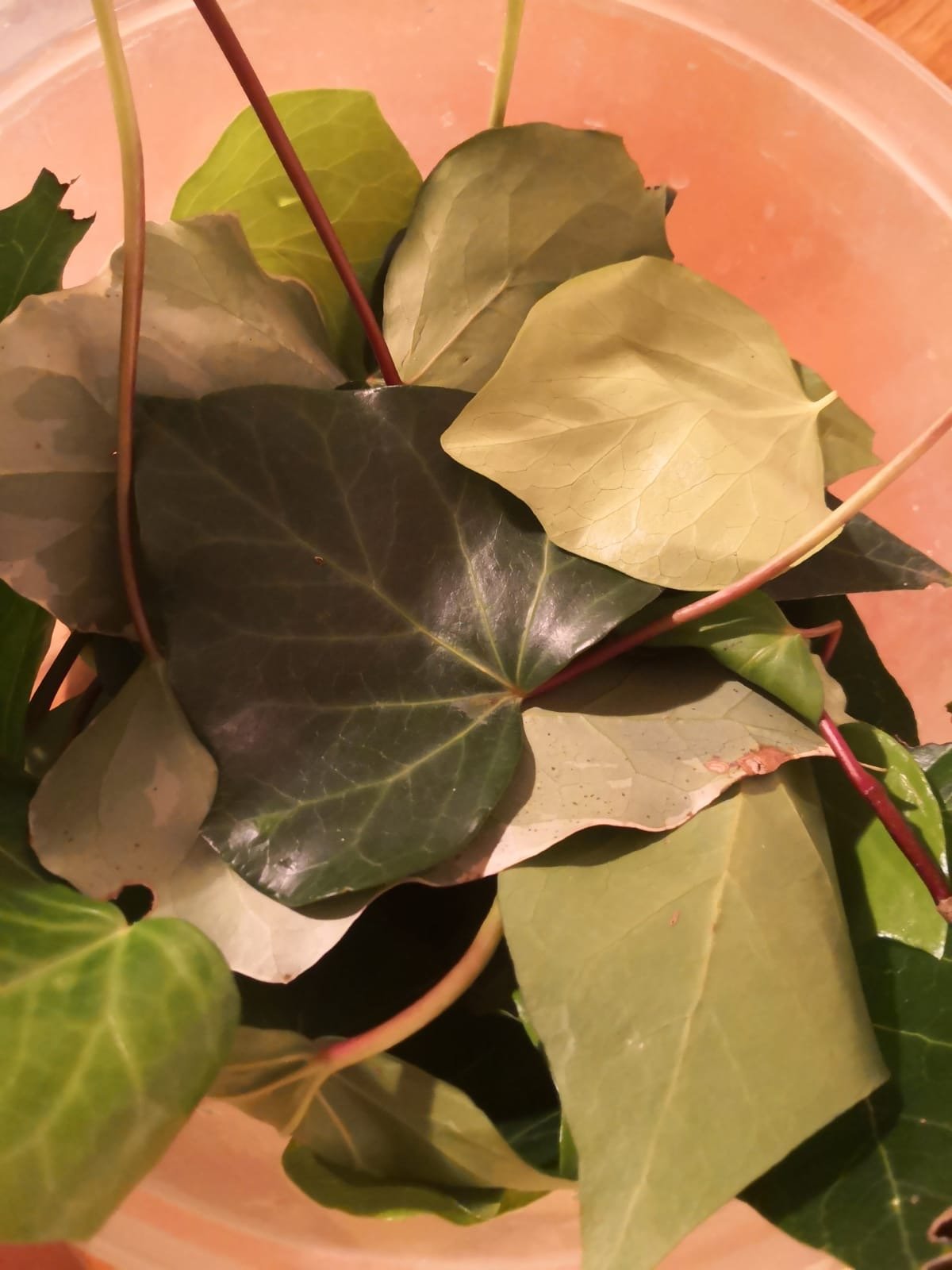
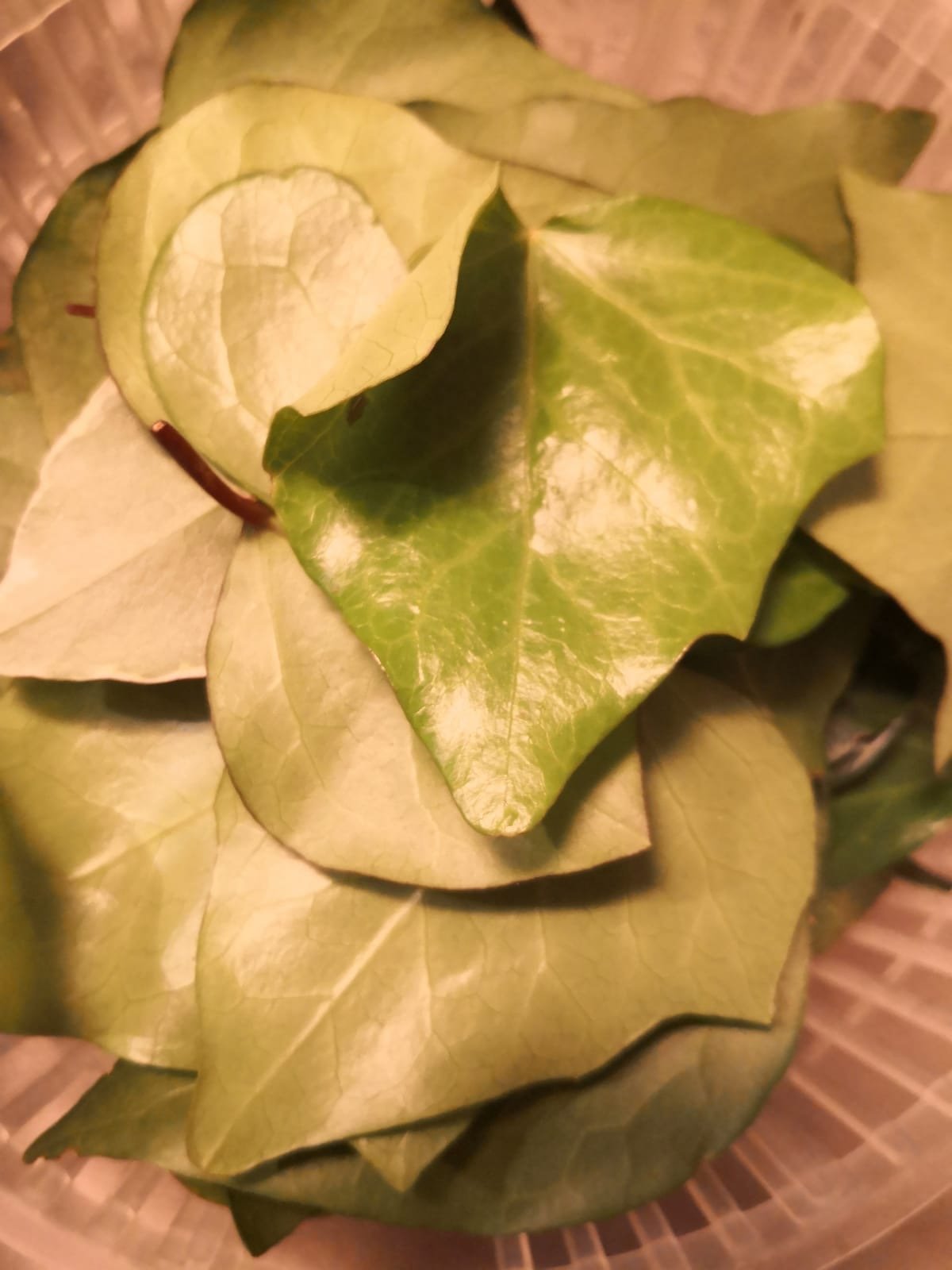
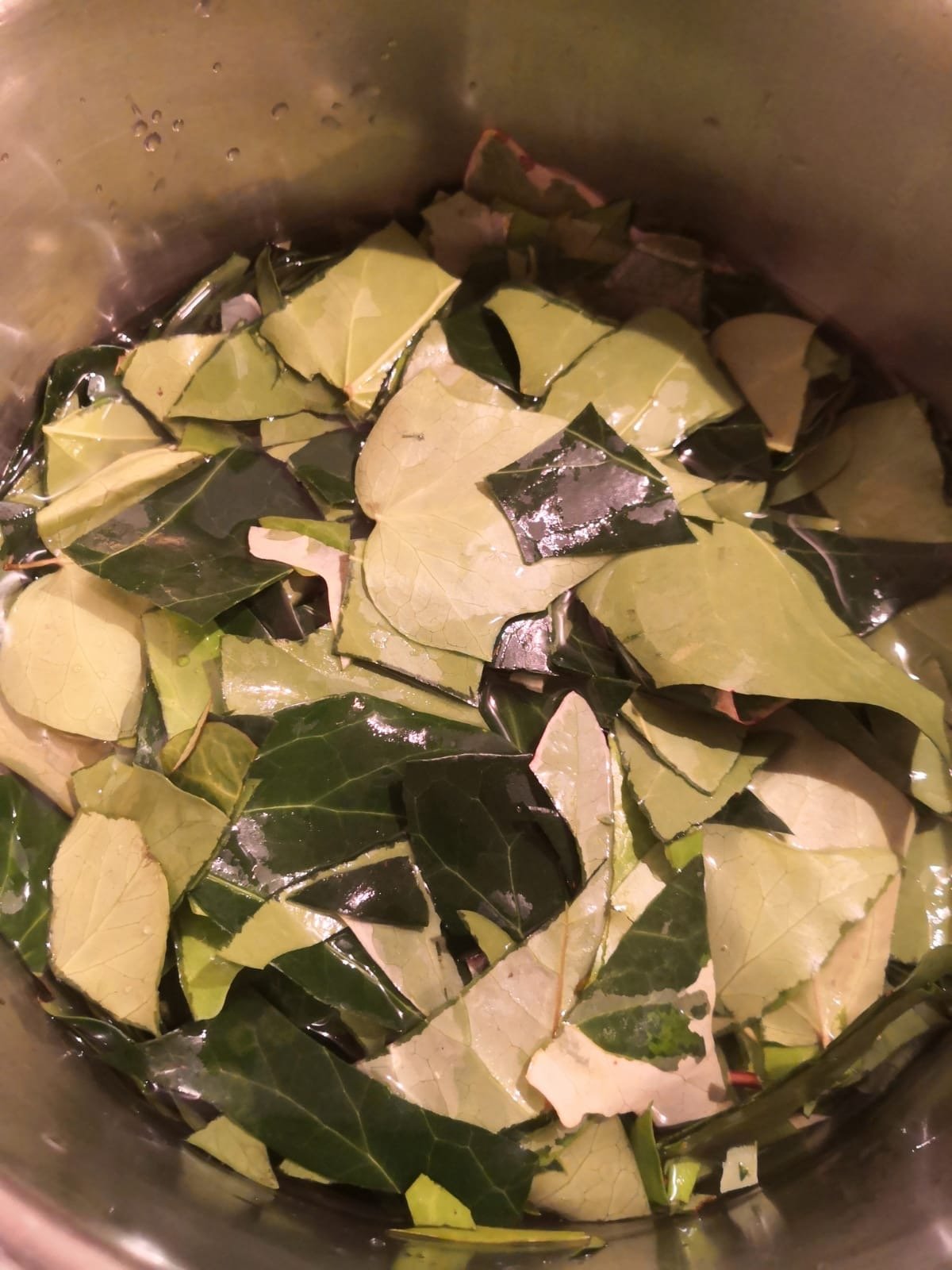

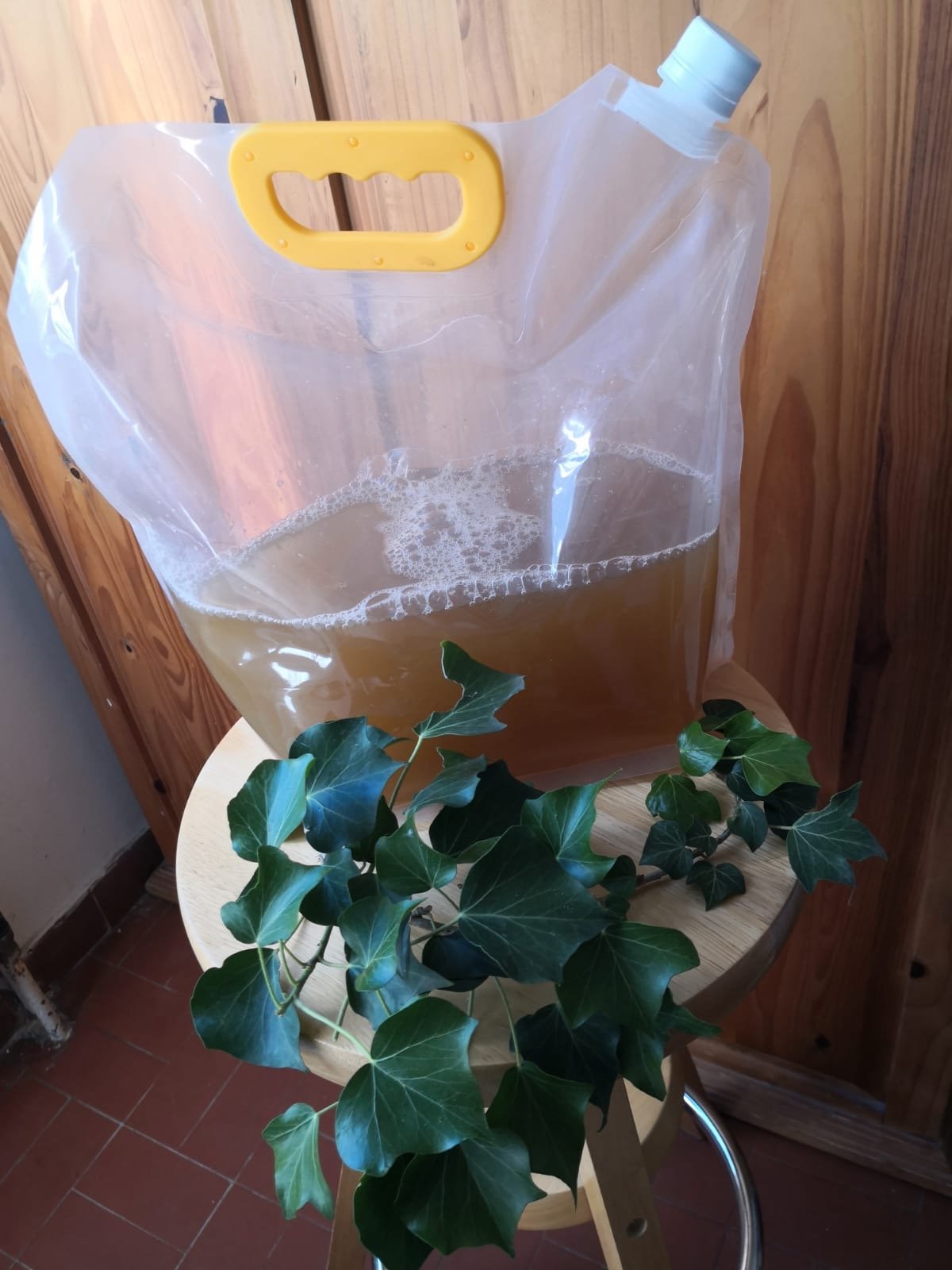

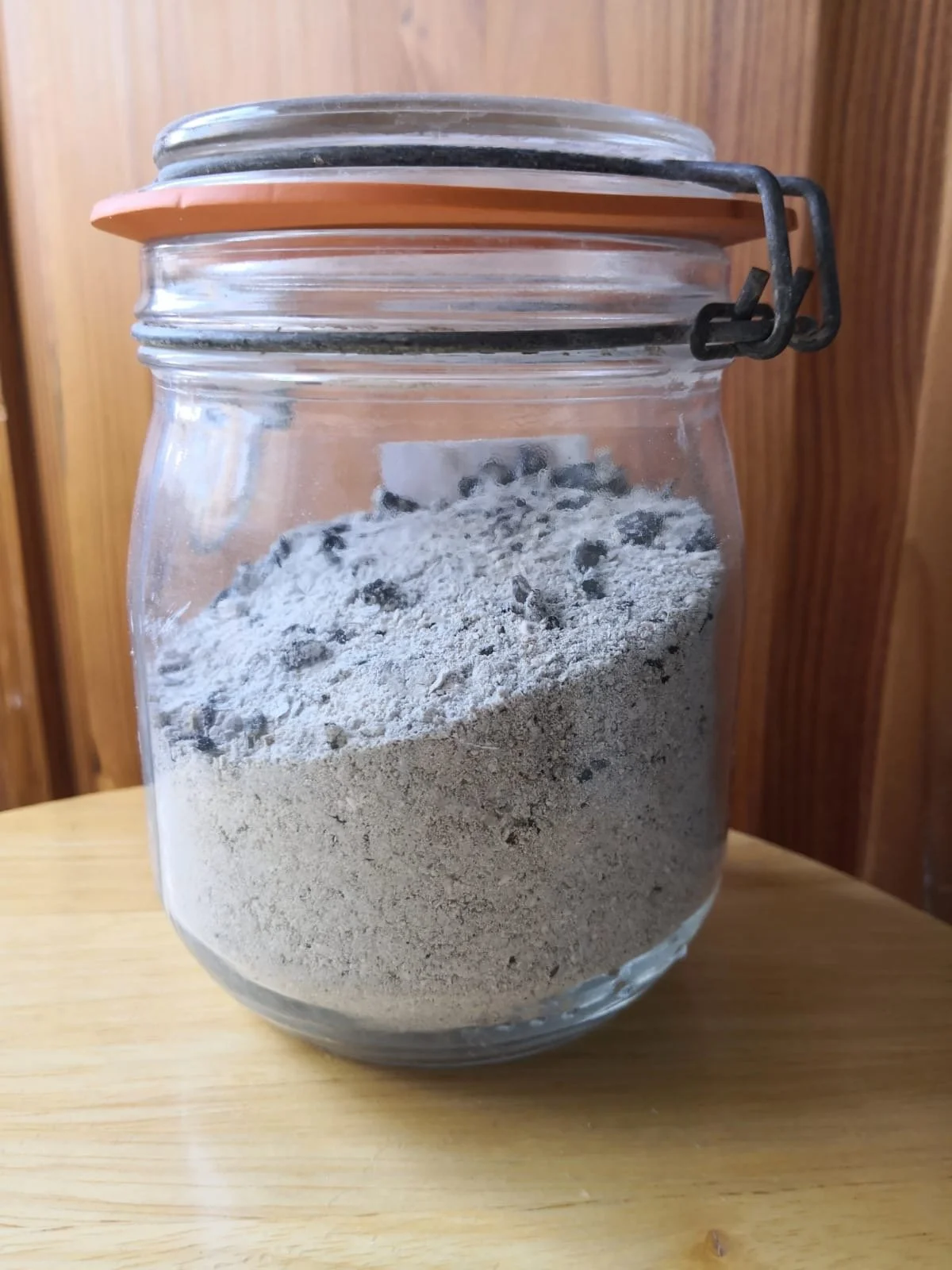
Basic Stain Removal Guide
For food stains (blood, coffee, grease, grass); sweat stains; chocolate, or tea stains: Soak the stained fabric in pure white vinegar and let it sit for 1 hour before machine washing.
For wine stains: Absorb the liquid with flour before washing the stained piece of clothing. Avoid salt because it will encrust the stain deeper into the fabric: a simple osmosis process.
For fruit stains: Squeeze a lemon over the stain, sprinkle with salt, rinse, and then wash.
For grease, makeup, sauces, syrups, etc.: Remove excess residue with paper towels or a microfiber cloth. Sprinkle liberally with powdered clay (Sommieres Earth or Clay, is 100% clay powder from France. It is excellent at absorbing stains from fats (such as oil or butter) on textiles, carpets, leather, granite, marble, wood flooring and more). Let it sit for a few hours, ideally overnight, before adding it to your load in the washing machine. This same technique can be used for upholstery, carpets, leather, shoes, car seats, etc., but you should remove the powder with a vacuum cleaner, gently brushing any remaining powder from all the crevices. Repeat if the stain persists.
